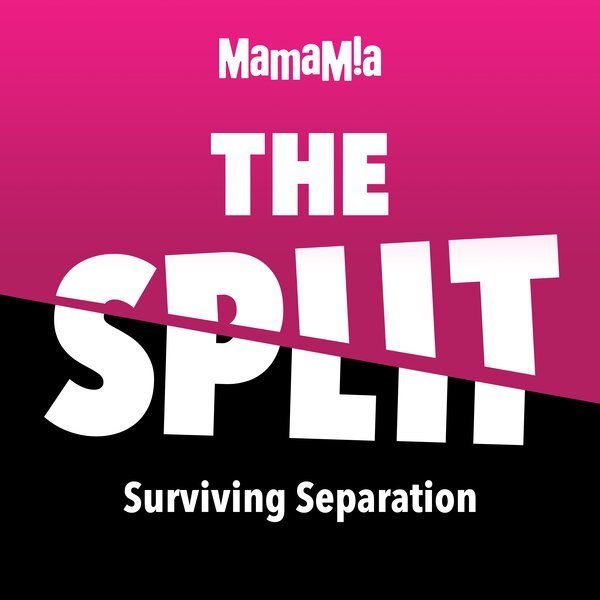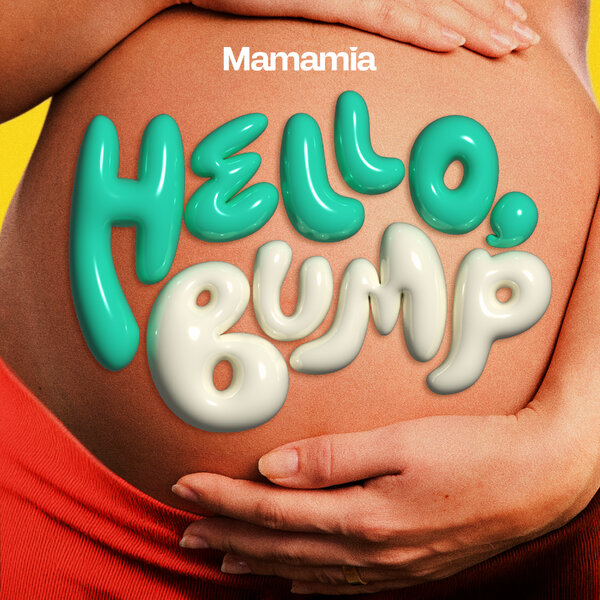By SOPHIE MCNEILL.
I’m aboard an Italian navy rescue ship at night in the middle of the Mediterranean. It’s dark, our boat is bobbing up and down furiously and I’m trying to comfort a hysterical little Syrian toddler who is quite understandably freaked out by the whole situation.
For the past six months I’d been trying to get access to the Italian navy operations. All year they had been rescuing unprecedented numbers of people at sea who were risking all on unseaworthy boats to make a new life in Europe.
By the time we finally board in September 130,000 desperate people have been saved and brought to shore, many fleeing war and internal conflict in places like Eritrea and Syria, others seeking economic opportunities not available in their home countries.
Our invitation is to come aboard the San Giusto, the largest ship of the five Italian vessels that are involved in a major rescue operation called ‘Mare Nostrum’ – meaning ‘Our Sea.’ It’s an incredibly fluid process – we don’t know which port we’ll leave from, how long we’ll be gone, where in Italy we’ll pull back in.
It all depends on how many people are rescued and which part of the country has room to host the new arrivals. All we know is that the ship won’t return to land until it’s full of ‘migranti’ – the name the Italians give to the asylum seekers and economic migrants that they rescue.
Our instructions are to fly to Rome, go to the ‘Marina Militare’ Headquarters and await further orders. Once we arrive, we’re told the San Giusto is about to come into dock with a record number of ‘migranti’ – 1,700 have been rescued in just 3 days. We quickly head down to the port town of Taranto in the Puglia region of Southern Italy to greet the ship as it pulls in.




























































































